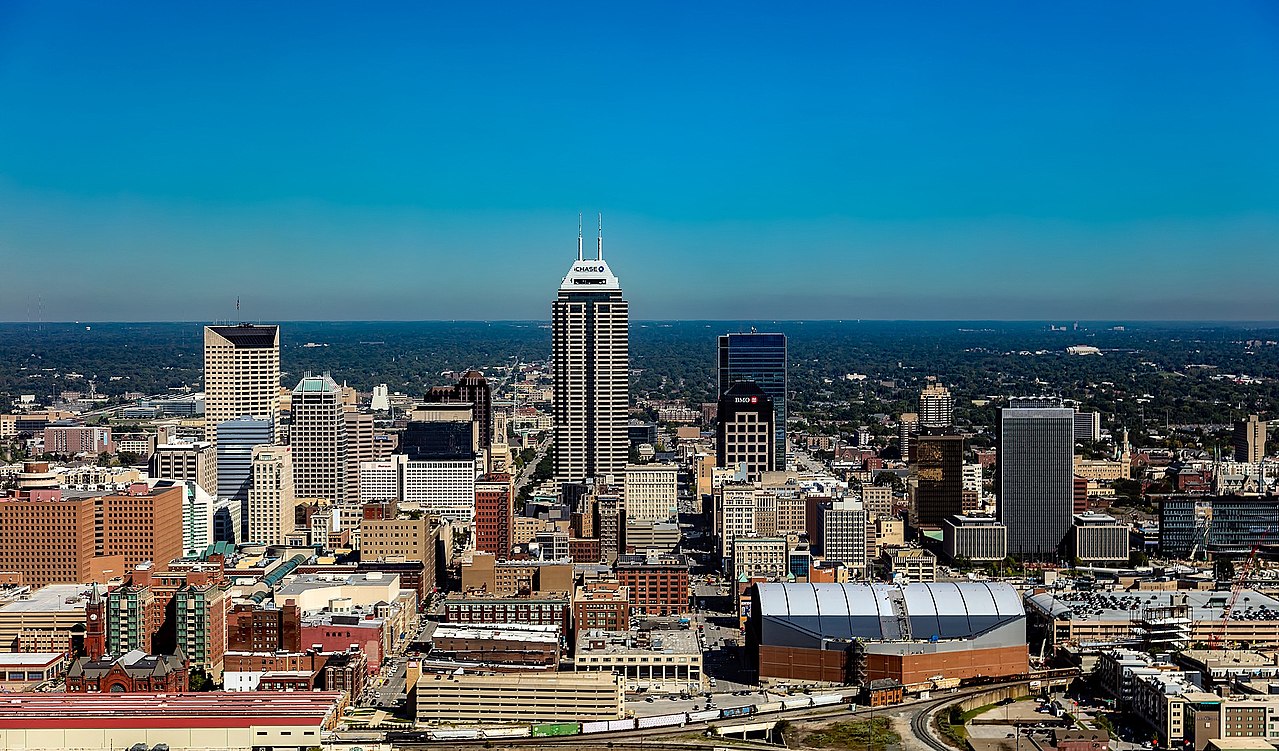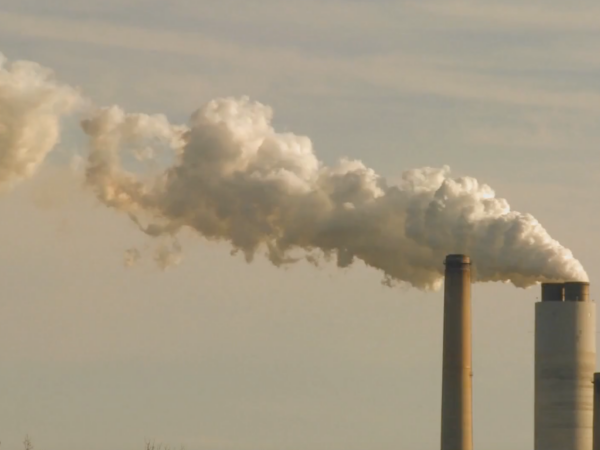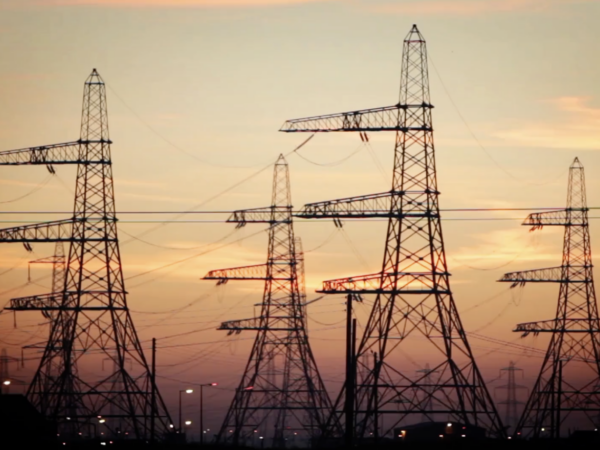
By Enrique Saenz, Indiana Environmental Reporter
People across the U.S. are taking to the streets to protest racial inequity, saying that people of color experience a wholly different experience in the country than white Americans. New findings from a statewide survey indicate that the disparity extends to how Hoosiers of different races perceive climate change and its risks.
More Hoosiers of color believe climate change is happening than white Hoosiers and are twice as likely to believe climate change will harm them a great deal. Hoosiers of color are also 25% more likely to agree that climate change is harming people in the U.S. right now.
The findings are part of an analysis of the Hoosier Life Survey, a comprehensive survey conducted by Indiana University’s Environmental Resilience Institute that sought out Hoosiers’ attitudes on environmental change and risk, personal values and trust in news media.
Matthew Houser, co-lead author of the Hoosier Life Survey and ERI assistant research scientist said the data mirrors available research on racial inequality related to climate change and the experiences of people of color living throughout the country.
“The topic needs to be addressed and should be addressed. Racial inequality is related to climate change, and this is a hell of a time to address it,” said Houser. “Racial inequalities affect people in lots of different ways. This isn’t something that’s just happening somewhere else. It’s happening here in Indiana.”
Climate change sets off a chain of events that affects the health of everyone, but especially people of color.
The emission of greenhouse gases emitted by human activities are a primary driver of climate change.
Climate change has made Indiana hotter over the past century. Since 1895, Indiana’s statewide annual average temperature has risen by 1.2 degrees Fahrenheit, or about 0.1 degrees Fahrenheit per decade.
Larger cities in Indiana, home to much of the state’s minority population, have experienced even more heat.
In Indianapolis, the average summer temperature has risen 1.8 degrees since 1970. The average low temperature on summer nights are 3 degrees warmer.
Indianapolis also experiences nine more days with temperatures above 90-degrees every year, compared to 50 years ago. Fort Wayne, Indiana’s second-largest city, averages two more days every year with temperatures above 90 degrees than 50 years ago.
To some, the answer to beating the heat is as simple as walking indoors and enjoying air conditioning, but that option is not available to everyone.
Houser said his team’s survey found that Black Hoosiers and other minorities in Indiana reported having less access to air conditioning, setting them up to be less able to adapt to high heat.
“We see a pretty significant disparity in terms of access to things like air conditioning, which obviously is not an ideal response to high heat from climate change, but is a life-saving technology, without a doubt,” said Houser. “It’s particularly pronounced for nonblack minorities, where 86% use air conditioning. But it’s a lot less than the 95% of white Hoosiers that have air conditioning and 4% of white Hoosiers who say they don’t want air conditioning.”
The economic fallout from the COVID-19 pandemic has also led to an increase in energy insecurity.
Researchers from IU’s O’Neill School of Public and Environmental Affairs asked people living at or below the federal poverty line about their economic situations and found that about twice the amount of Black and Hispanic respondents could not afford to pay their energy bill.
Higher temperatures caused by air pollution then contributes to further air pollution in cities.
Nitrogen oxides and volatile organic compounds are emitted by sources like power plants and car exhaust, which are plentiful in cities like Indianapolis. Those pollutants can mix with other emitted chemicals to produce particulate matter, another pollutant.
Nitrogen oxides can also mix with heat and sunlight to produce ground-level ozone, which can make breathing difficult, aggravate respiratory and cardiovascular problems and can even cause an increase in premature death.
In Marion County alone, 4 in 10 Black Hoosiers live in neighborhoods with a high air pollution risk, nearly twice the rate of white Hoosiers. Those neighborhoods have been found to be about 20% more densely populated than other neighborhoods, increasing the risk of contracting communicable diseases like COVID-19.
In Indiana, Black Hoosiers have accounted for a disproportionate amount of COVID-19 cases in the state. Black Hoosiers account for 11.5% of total COVID-19 cases while only making up 9.8% of the population.
A Harvard study that looked into the COVID-19 deaths in 3,000 U.S. counties found that people who live in areas with long-term exposure to air pollution had an increased chance of dying from the disease.
An increase of only 1 microgram per cubic meter of fine particulate matter exposure increased the chance of dying from COVID-19 by 8%.
“The same systemic inequities that make the same populations differentially vulnerable to various impacts from the COVID-19 pandemic are the same systemic underpinnings that drives environmental injustice, including climate change,” Jacqueline Patterson, director of the NAACP’s Environmental and Climate Justice Program told Congress. “Racism, xenophobia, sexism, combined with poverty, housing insecurity, racial profiling, differential access to health care, under-resourced education, privatized criminal ‘justice’ and disproportionate exposure to pollution that attacks the lungs, rendering communities even more vulnerable to COVID-19 that also targets the lungs.”
Houser said the survey also showed that Black Hoosiers were twice as likely as white Hoosiers to support climate-related policies like public funding for air conditioning, free health services for vulnerable populations during heat waves and an early-warning system to reduce heat wave risks.
“There’s a clear, strong level of support amongst people of color in Indiana for addressing climate change, but I think city leaders, organizations, and scientists like myself, whenever we bring potential climate change solutions to these communities we need to make sure we’re also building trust and talking with the communities, getting their input. It can’t just be a top-down process,” he said.
ERI offers several tools for local officials seeking to plan for climate change, including the Hoosier Resilience Index and ERI Toolkit. Houser said ERI now plans to develop a new tool that will assess major risks faced in metropolitan areas and tell local leaders what their residents wants them to do to address those risks.
Also read the article here at the Indiana Environmental Reporter website.
Read more news on Great Lakes Now:
Contaminated Ground: Indiana’s City of Mineral Water faces specter of health threats
In a time of COVID-19, millions of Americans are plagued by water debt
Demanding Justice: Detroit activists make formal complaint over hazardous waste sites
Featured image: Downtown Indianapolis skyline (Photo from Wikimedia cc 1.0)





